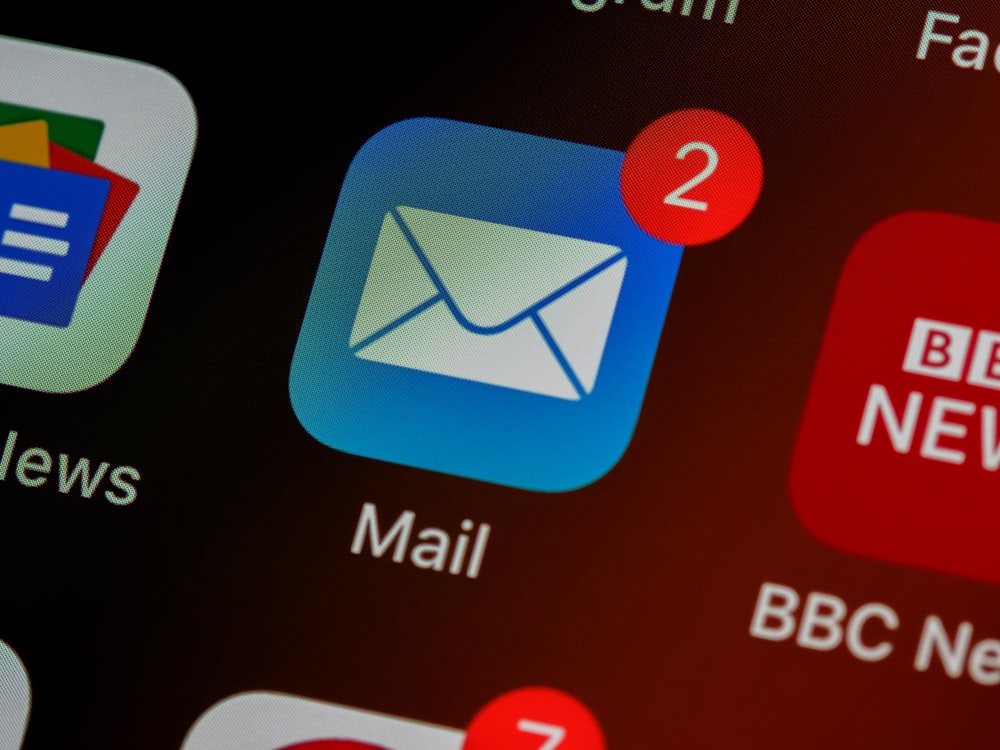Mastering Bulk Emailing: Best Practices That Scale
Bulk emailing is both an art and a discipline. The mechanics of sending to thousands of recipients are straightforward; the challenge lies in consistently reaching the inbox, earning attention, and driving responses without harming sender reputation. This guide distills core best practices for high-volume operations so your campaigns remain effective, compliant, and sustainable over time.
1) Clarify the goal and success metrics
Every bulk send should have a single, primary outcome: book a call, drive a reply, confirm a webinar registration, or promote a resource. Define success before writing a single line of copy. Choose one main metric (reply rate, qualified demos, confirmed signups, etc.), then add supportive metrics (open rate, click rate, spam complaints) to diagnose performance. Teams that set goals explicitly avoid “vanity metric chases” and iterate faster.
2) Build and maintain a clean sending foundation
- Authenticate correctly: Configure SPF, DKIM, and DMARC. Use alignment where possible. Authentication is table stakes for inbox placement.
- Warm up prudently: Ramp volume gradually on new or dormant senders. Start small, expand in steps, and monitor bounce/complaint signals.
- Respect sending limits: Different providers enforce different thresholds. Account for hourly and daily ceilings as you scale.
- Segment by risk: Keep risky or unverified segments separated from proven, engaged lists to protect reputation.
3) Invest in list quality and hygiene
High-volume success begins with high-integrity data. Use verification to reduce invalids, remove hard bounces immediately, and suppress known complainers. Normalize data (names, roles, company info) to support accurate personalization. Classify contacts with tags (industry, company size, role seniority) so you can segment, test, and tailor at scale. Good data lowers risk, boosts engagement, and makes every email more relevant.
4) Write for scanners, then for persuadable readers
- Subject lines: Keep them clear, crisp, and specific. Convey the core benefit in ~5–7 words if possible. Avoid clickbait and spammy phrasing.
- First 2 sentences: Earn attention with relevance. Reference the role, problem, or a recent signal (without over-personalizing).
- Value proposition: Present one compelling outcome your reader can imagine achieving. Support with a proof point or short example.
- CTA simplicity: Ask for one small, unambiguous action. Fewer decisions mean more responses.
- Formatting: Use white space, short paragraphs, and scannable bullet points. Mobile readers should be able to grasp your pitch in 10–15 seconds.
- Tone: Natural, respectful, and professional. The goal is credibility, not pressure.
5) Personalize at scale without introducing risk
Personalization should improve relevance, not create errors. Limit dynamic tokens to rock-solid fields (first name, company, role). Use lightweight segmentation to select the most appropriate message, then personalize minimally. Avoid fragile tokens (e.g., niche details) unless you have high confidence in data accuracy. If a token fails, default to a safe, generic variant to prevent broken copy.
6) Sequence design matters more than a single email
Bulk emailing succeeds as a sequence, not a one-off. Plan 3–5 messages over 10–20 business days. Each touch should add new value—a different angle, case study, objection answer, or relevant asset. Keep threads short, vary send times, and stop when you receive a reply, bounce, or unsubscribe. Sequencing builds familiarity and multiplies opportunities for the right moment to land.
7) Test continuously, but isolate variables
A/B testing turns assumptions into evidence. Start with subject lines (largest reach lever), then test openings, CTAs, and proof points. Change one variable at a time, run for a pre-defined window, and require statistical significance before declaring a winner. Document your experiments so learning compounds across teams and future campaigns.
8) Monitor deliverability and protect reputation
- Track bounces by type: Remove hard bounces; investigate unusual soft bounce spikes.
- Watch complaint rates: Even small increases warrant segmentation adjustments and copy reviews.
- Engagement signals: Opens and clicks are directional; replies and qualified outcomes are definitive. De-prioritize chronically unengaged segments.
- Infrastructure health: Rotate healthy senders, maintain consistent authentication, and avoid sudden volume jumps.
9) Comply with regulations—and respect recipients
Follow applicable laws (e.g., CAN-SPAM, GDPR, KVKK) based on your audience. Include clear identification, a working unsubscribe option, and honest subject lines. Beyond legal minimums, adopt a “value-first” ethic: be concise, relevant, and easy to disengage from. A reputation for respectful outreach pays dividends in deliverability and brand perception.
10) Build a feedback loop with sales and success
As volume grows, create a weekly feedback rhythm across marketing, sales, and customer success. Which segments reply with interest? Which messages resonate in calls? Which promises lead to high retention? Close the loop so wins scale and misfires are retired quickly. Over time, this collaboration is the difference between merely sending more email and systematically generating more business.
Bottom line
Bulk emailing at scale succeeds when it’s treated like a system: clean data, reliable infrastructure, relevant messaging, disciplined testing, and continuous feedback. Master these fundamentals and your volume becomes an asset—not a liability—to growth.



